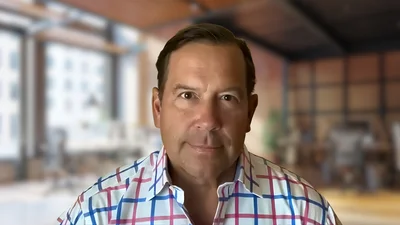CATO INSTITUTE: | CATO INSTITUTE: / cato.org
CATO INSTITUTE: | CATO INSTITUTE: / cato.org
Over the summer, the Biden administration successfully slashed illegal immigration from Haiti by letting Haitians apply for asylum at legal crossing points along the U.S.-Mexico border. In November, following its decision to expel Venezuelans who cross illegally, it has also begun to let many Venezuelans enter legally as well—both at airports and at the land borders. It shows how the administration can easily end the border crisis by increasing legal migration.
The number of Venezuelans at legal crossing points—officially labeled “inadmissibles”—jumped to 6,817 from just 781 in October and 184 in September. Customs and Border Protection (CBP) processed more Venezuelans at ports of entry in November than it has since it introduced Title 42 in March 2020.
About 80 percent were processed away from the border at U.S. airports under the Process for Venezuelans parole (P4V) program that the administration created at the end of October. Under this process, Venezuelans with U.S. sponsors can fly directly from South America to the United States and request “parole” (which is a temporary, discretionary status—effectively a waiver of the normal restrictions on legal entry).
But the P4V program is not the only avenue opening up either. CBP also processed as many Venezuelans requesting asylum at southwest legal border crossings in November as it has during the entire pandemic. This process is not automatic. It requires connecting with a select group of nonprofit entities along the border, requesting that they ask CBP for an exception to Title 42 based on specific vulnerabilities and CBP must be willing to grant the request.
The new legal procedures have also helped increase the share of Venezuelans crossing legally from 1 percent In November to 50.3 percent in October. In other words, most are now entering legally. Although these new processes coincided with Venezuelans being subject to Title 42 expulsions to Mexico for the first time, the legal avenues are providing those who would otherwise be expelled a reason to wait for a chance to cross legally rather than trying to sneak in (as Title 42 has encouraged other nationalities to do).
The administration should go much further to reduce illegal immigration by Venezuelans. Nearly all Venezuelans in Mexico cannot access the P4V program because they entered Panama or Mexico illegally, and many others in South America have no one to sponsor them in the United States. It should open up processing at ports of entry—not require a nonprofit referral and not limit it only to certain immigrants deemed “vulnerable” in the subjective opinion of the nonprofit and CBP.
CBP almost completely eliminated illegal immigration by Haitians over the summer by vastly increasing their access to ports of entry to apply for asylum, and it virtually ended the flow of Ukrainians to the U.S.-Mexico border by granting them authorization to travel directly to the United States from abroad. CBP should expand these efforts to other nationalities, starting by processing the many Nicaraguans and Cubans who are seeking asylum right now.
Original source can be found here.





 Alerts Sign-up
Alerts Sign-up